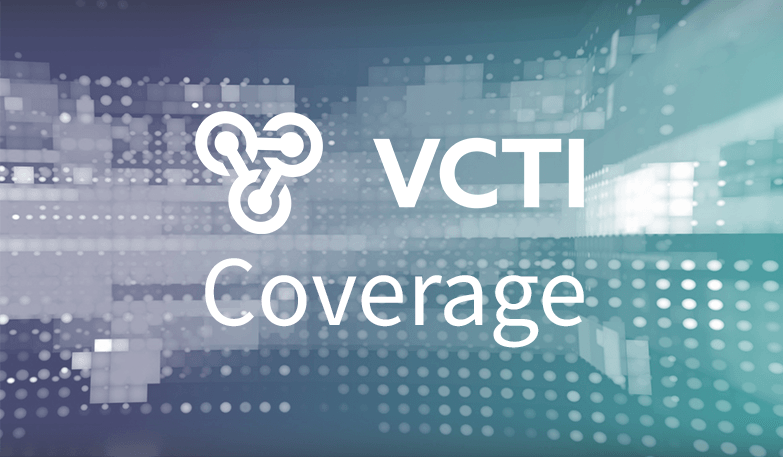Best Practices to Automate 5G Planning and Design


This article was originally published in ISE ICT Solutions & Education
5 Data Points to Help Plot Your Course
The transformational potential of 5G is beyond dispute: to enable a rich set of IoT applications as well as to bridge the broadband divide, particularly in less dense communities. The challenge for service providers is the business economics, and how to define a path that avoids betting the entire farm on the future while leaving current customers underserved along the way, with revenue unrealized.
With governments around the globe encouraging investment in gigabit services, let’s talk specifically about how fixed wireless 5G can accelerate access to high-performance broadband for consumers, especially those outside high-density metropolitan areas.
Deployment Realities
5G demands a dramatic increase in the number of towers and their density, and each of those towers needs to be fed by a multi-gigabit fiber pipe. While the limits of signal strength will continue to improve, the reach of an individual tower will still be more easily measurable in hundreds rather than tens of thousands of feet for the foreseeable future. In markets such as South Korea, where there is a preponderance of fiber, the economic challenge is lessened. For those in less fiber-rich countries, such as the US, integrity of plans grounded in solid business cases and ROI are going to play a significant role determining success.
The pace at which the technology is evolving further complicates deployment planning. 5G is not a one-size-fits-all; many of the technologies are transitional, and standards are still developing.
The task ahead of network providers requires integrity of planning, especially cost-to-revenue analysis and the ability to compare different architectures/options, guided by clear milestones and business objectives along the way.
Which takes us to the first best practice. As with any good plan, begin with the end in mind: the business goals — the customers and the products and services needed to win and delight them.
The next step is to model the target network. You are introducing a new technology that, in and of itself, offers a myriad of deployment options. Anticipate running multiple iterations with different architecture criteria so you can glean insight into the best end-state architecture, technology, and economic return, for your company.
Now that you have the target network defined, including the quantity and placement of antennas to achieve the coverage and service goals, you can start modeling options for the fiber to serve those towers.
Finally, overlay your existing fiber network on top of the fiber network required and you now have a working architecture model — the framework — to guide your network evolution planning.
5 Data Points to Consider in Your Evolution Model
At this stage, it’s critical to remember that network evolution is a journey as well as an opportunity. If planned strategically, you have an opportunity to optimize your investment across your existing subscriber base, maximizing return from old technologies, such as copper, as you transform to fiber.
Do not overlook the chance to maintain and grow your existing base as the best assurance of ROI on the future 5G services.
Below are 5 critical data points to model and plot your course:
Data Point 1: Evaluate Service Targets
Your marketing department can define the service targets. What is the minimum product to stay competitive with the other choices your customers have, to guard against churn? Is it 50MB or 100MB? What are the product definitions targeted for the future state? Is it 1GB or 5GB? Are there milestone levels of service that should be considered along the way?
Data Point 2: Identify Thresholds That Trigger Churn
Classify at-risk customers that are currently underserved at the base service level to sustain competitiveness. These customers have the highest propensity to churn, and are actually one of the biggest threats to a successful transformation. Draw from your customer analytics. Your marketing and/or customer service departments probably already know the service thresholds that trigger churn.
Data Point 3: Technology Serving At-Risk Customers
Review current technology and architecture options that need an upgrade and those that are at-risk. This includes analyzing fiber reach to DLC/DSLAMs in current Central Offices. Model adding fiber and converting current Central Office equipment to Ethernet based backhaul and model using wireless backhaul options, if the cost of extending fiber makes the upgrade out of reach.
Analyze each exchange that has fiber backhaul and model loop shortening, vectoring options, and bonded options. Model Fiber-to-the-Premise (FTTP) and, more specifically, Point-to-Multipoint (x-PON). Apply fixed wireless and 5G, including antenna placement and propagation analysis. For Service Providers with cable infrastructure, model pushing fiber closer to the customer including Fiber Deep, FTTP, Fixed Wireless, and 5G.
Data Point 4: Model Cost-per-Household
You need to understand your costs to bring 5G to each household. This includes upgrades to connection costs as well as upgraded equipment. Be sure to include first cost to upgrade to the service targets and technology.
Data Point 5: Model Go-to-Market
Create your model using marketing demographic analytics and the propensity to buy/upgrade by household. Once you understand which consumers are likely to upgrade to 5G first, you can plan your marketing campaigns to target that specific demographic.
As you can see, you will be modeling quite a number of network evolution scenarios. This is where an automated planning tool helps you analyze across technologies. The best tool should allow you to examine household demographics. It should also have the capability to model the specifics of the signal propagation, such as strength and reach within coverage area. Finally, the tool should be able to ingest your existing network including outside plant assets such as current fiber/cable/copper and its available capacity, rights-of-way, poles, conduit, etc.
Don’t forget your business processes, either. All too frequently, GIS and/or network inventory data is grossly inaccurate. While seemingly mundane, a mismatch between GIS and inventory and loop qualification at a terminal level can hide significant revenue opportunity and customer experience improvement that does not require any investment to acquire. Use this opportunity to clean up the data to drive an even higher ROI, and to assure the going forward processes can maintain that newly achieved integrity.
Once you identify and cost out every scenario, the rest is just basic math, mashing up your network cost analytics by household against your cost to upgrade analytics. The analysis will answer this question: In which markets, with which technology choices, will you get the fastest, strongest ROI?
Prioritizing each scenario helps you generate cash to fuel your continued network evolution — and improves your customer experience as you lay the foundation for 5G.


